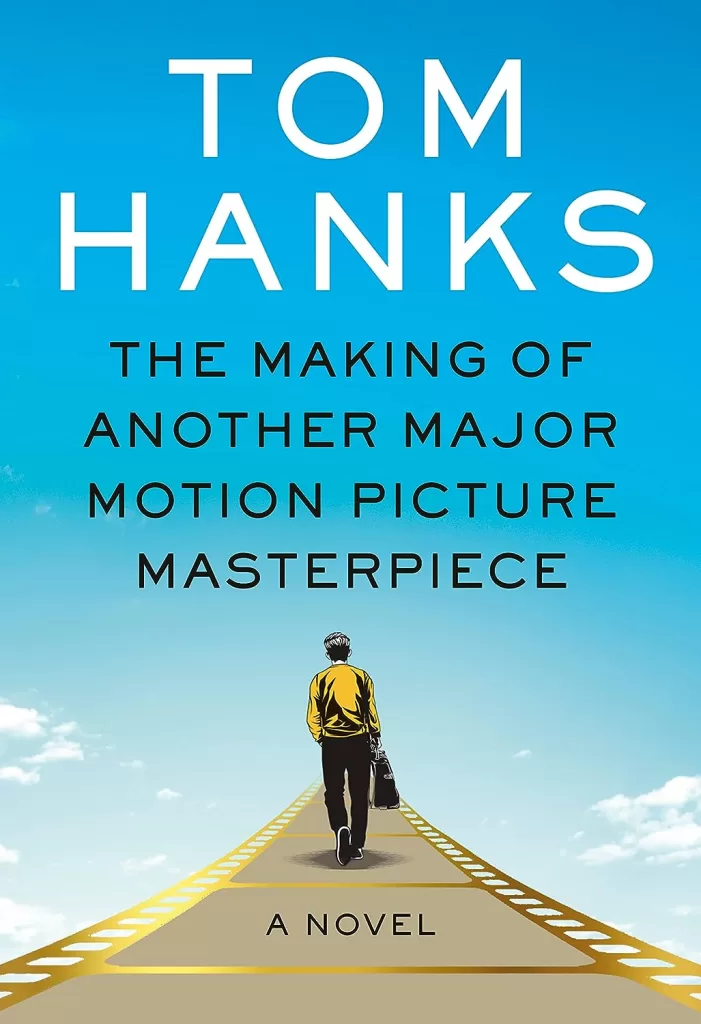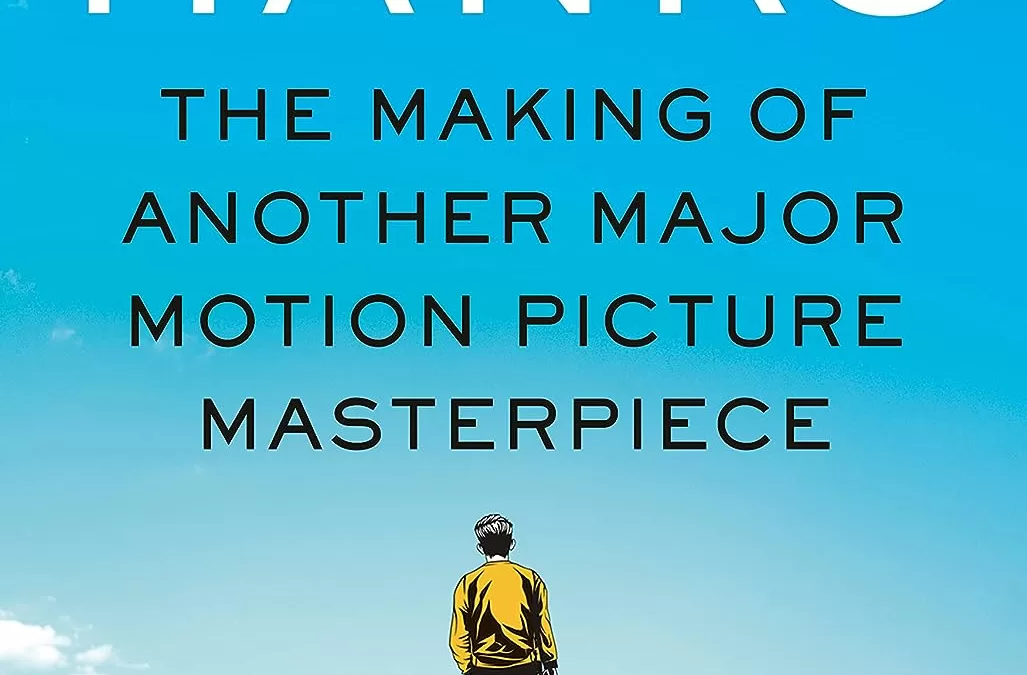
In 1947, a remarkable five-year-old boy used crayons and colored pencils to “lose himself in drawing whatever was in his head.” He had “a natural ability, an instinct for dimension, space, and movement. There was an abandon in his drawings, too; there was joy.”
He was Robby Anderson, named after his Uncle Bob Falls, a United States Marine who had just returned home—Lone Butte, California, “a rural town in the North Valley, not far from the capital of Sacramento…”—after serving in the Pacific during World War II.
As five-year-olds are prone to do; Robby idolized his adventurous uncle, especially after riding into town on the back of his Indian Four Inline motorcycle. At Clark’s Drugstore, Uncle Bob bought Robby a comic book about the war and said, “That’s me,” while pointing at a soldier unlike the others in the frame. Robby’s uncle didn’t carry a gun. He carried a long tube connected to a tank on his back. Robby’s uncle was a flamethrower.
Robby’s head was filled with the heroic images of his uncle saving the day for his fellow marines, just as portrayed in the comic book from 1947.
“The roooaar of Uncle Bob’s M2-2 portable flamethrower turned him into a grimly determined superhero in a fight for justice.” The real Uncle Bob didn’t feel like much of a hero. He was drinking too much while hanging out with a biker gang and getting into fights. Quite a few things rattled around inside his head that had little to do with saving the day; setting fellow human beings on fire, for one.
By 1970, Robby was hanging out in San Francisco smoking too much weed and watching the Vietnam War on television. In one grainy black-and-white clip, Robby watched as a platoon of marines burned down a village. Since their Zippo lighters weren’t getting the job done fast enough; “a fellow with a flamethrowing unit on his back, sprayed a wave of jellied fire across the entire thatched roof of one hut, then another. Clumps of fireballs dripped from the nozzle of his weapon… Within seconds, the Marines had created a riot of fire. They were surrounded by black smoke, inside a cloud of burning chemicals, while the Vietnamese women, old folks, and little kids wept and screamed.”
Then Robby did what Robby had always done. He drew what became The Legend of Firefall, which was later published by Kool Katz Komix.
More than 50 years later, movie director Bill Johnson came across a tattered copy of The Legend of Firefall and decided to make a movie about it.
So begins The Making of Another Major Motion Picture Masterpiece (2023) by Academy Award-winning actor and American icon Tom Hanks. What follows is a wonderful behind-the-scenes look at how motion pictures are created in the twenty-first century, a personal examination of the multitude of people with the right skills and temperament required to get it right. In the larger picture, Hanks also provides a thoughtful reflection upon the plight of rural America, the glorification of World War II versus the condemnation of Vietnam, the triumph of good over evil, and, despite all of our troubles, the hopeful hint of a message that we may be down but we’re not yet out. That’s a lot of storytelling and Hanks does it all with flair, insight, and humor.
At one point, Hanks claims that “The following is based on a true story. Characters and events have been altered for dramatic purposes.” With his near-half-century career as a professional actor, there is no doubt that much of this story is driven by Hanks’ own experiences. So it is unsurprising that the rich back stories of the cast and crew offer wonderful insights into the fickle nature of Hollywood-style movie making—proving the wisdom of writing what one knows about.
Perhaps the most interesting technique deployed by Hanks is to allow the wide variety of personalities to tell their own stories in a collection of first-person narratives both within the sausage-making realities of the motion picture industry and in the more distant moments underscoring Robby’s comic book.
It is no spoiler sharing that these storylines will eventually merge, as Hanks offers it up early. Director Bill Johnson decides to film Knightshade: The Lathe of Firefall on location in Lone Butte, California, where the shadows of Robby’s boyhood lurk quietly before coming to life again in preparation for movie-making.
This wonderful book draws upon many of the creative ways stories are told, which highlights the very nature of humanity. Whether in a comic book, a cave drawing, a novel, on a barstool, in a classroom, or a feature film, we are, in large part, defined by the stories we tell. And this is why we honor those who do it so well; Tom Hanks, for instance.





